Philip M. Bromberg - The Shadow of the Tsunami: and the Growth of the Relational Mind
Here you can read online Philip M. Bromberg - The Shadow of the Tsunami: and the Growth of the Relational Mind full text of the book (entire story) in english for free. Download pdf and epub, get meaning, cover and reviews about this ebook. year: 2011, publisher: Routledge, genre: Romance novel. Description of the work, (preface) as well as reviews are available. Best literature library LitArk.com created for fans of good reading and offers a wide selection of genres:
Romance novel
Science fiction
Adventure
Detective
Science
History
Home and family
Prose
Art
Politics
Computer
Non-fiction
Religion
Business
Children
Humor
Choose a favorite category and find really read worthwhile books. Enjoy immersion in the world of imagination, feel the emotions of the characters or learn something new for yourself, make an fascinating discovery.

- Book:The Shadow of the Tsunami: and the Growth of the Relational Mind
- Author:
- Publisher:Routledge
- Genre:
- Year:2011
- Rating:4 / 5
- Favourites:Add to favourites
- Your mark:
The Shadow of the Tsunami: and the Growth of the Relational Mind: summary, description and annotation
We offer to read an annotation, description, summary or preface (depends on what the author of the book "The Shadow of the Tsunami: and the Growth of the Relational Mind" wrote himself). If you haven't found the necessary information about the book — write in the comments, we will try to find it.
During early development, every human being is exposed to the relative impact of relational trauma disconfirmation of aspects of oneself as having legitimate existence in the world of others in shaping both the capacity for spontaneous human relatedness and the relative vulnerability to adult-onset trauma. To one degree or another, a wave of dysregulated affect a dissociated tsunami hits the immature mind, and if left relationally unprocessed leaves a fearful shadow that weakens future ability to regulate affect in an interpersonal context and reduces the capacity to trust, sometimes even experience, authentic human discourse.
In his fascinating third book, Philip Bromberg deepens his inquiry into the nature of what is therapeutic about the therapeutic relationship: its capacity to move the psychoanalytic process along a path that, bit by bit, shrinks a patients vulnerability to the pursuing shadow of affective destabilization while simultaneously increasing intersubjectivity. What takes places along this path does not happen because this led to that, but because the path is its own destination a joint achievement that underlies what is termed in the subtitle the growth of the relational mind.
Expanding the self-state perspective of Standing in the Spaces (1998) and Awakening the Dreamer (2006), Bromberg explores what he holds to be the two nonlinear but interlocking rewards of successful treatment healing and growth. The psychoanalytic relationship is illuminated not as a medium for treating an illness but as an opportunity for two human beings to live together in the affectively enacted shadow of the past, allowing it to be cognitively symbolized by new cocreated experience that is processed by thought and language freeing the patients natural capacity to feel trust and joy as part of an enduring regulatory stability that permits life to be lived with creativity, love, interpersonal spontaneity, and a greater sense of meaning.
Philip M. Bromberg: author's other books
Who wrote The Shadow of the Tsunami: and the Growth of the Relational Mind? Find out the surname, the name of the author of the book and a list of all author's works by series.

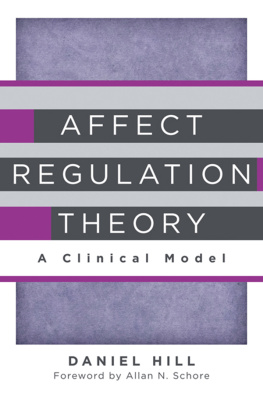

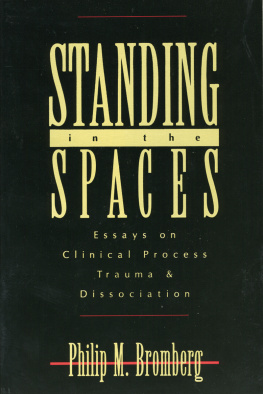
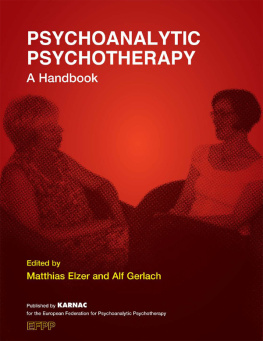
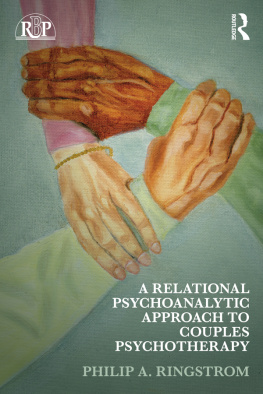
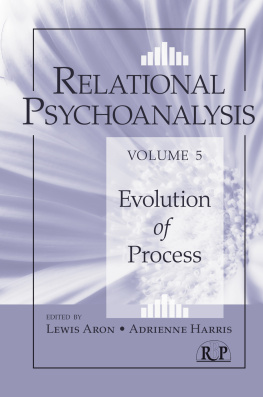
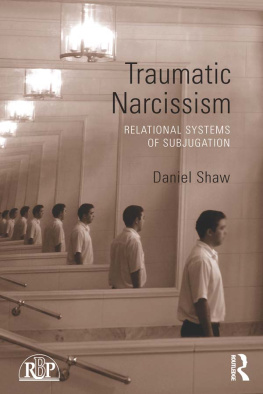

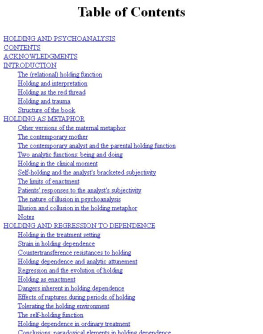


 This new book from Philip Bromberg is the third of a trilogy, following what have now become classics, Standing in the Spaces (1998a) and Awakening the Dreamer (2006a). These books have enhanced our understanding of trauma and illuminated its powerful interface with the mind/brain process of dissociation in shaping the relationship through which the deepest and most enduring healing and self-growth is achieved in treatment. In an even broader sense, Bromberg has enhanced our recognition that dissociation is intrinsic to the development of what is normal as well as pathological in being human. In the following pages the reader will note a significant expansion of Brombergs ideas from these earlier volumes. This takes the form of not only a further clarification of the concepts he developed over the body of his earlier writings, but an even more extensive elaboration of the ways he uses these in his clinical work. Indeed the book is chock-full of rich clinical vignettes, written in an experience-near style that has gained him a reputation as perhaps the most evocative clinical writer of our times. But in addition, Bromberg has dramatically progressed in integrating psychology and biology into relational mind/brain/body conceptualizations of treatment. The subtitle of the very last chapter of his 2006a book was Where psychoanalysis, cognitive science, and neuroscience overlap. There he began to incorporate contemporary neuroscience, including my own work, into the core of his clinical model. As you will soon see each and every chapter of this book contains relevant information from neuroscience.
This new book from Philip Bromberg is the third of a trilogy, following what have now become classics, Standing in the Spaces (1998a) and Awakening the Dreamer (2006a). These books have enhanced our understanding of trauma and illuminated its powerful interface with the mind/brain process of dissociation in shaping the relationship through which the deepest and most enduring healing and self-growth is achieved in treatment. In an even broader sense, Bromberg has enhanced our recognition that dissociation is intrinsic to the development of what is normal as well as pathological in being human. In the following pages the reader will note a significant expansion of Brombergs ideas from these earlier volumes. This takes the form of not only a further clarification of the concepts he developed over the body of his earlier writings, but an even more extensive elaboration of the ways he uses these in his clinical work. Indeed the book is chock-full of rich clinical vignettes, written in an experience-near style that has gained him a reputation as perhaps the most evocative clinical writer of our times. But in addition, Bromberg has dramatically progressed in integrating psychology and biology into relational mind/brain/body conceptualizations of treatment. The subtitle of the very last chapter of his 2006a book was Where psychoanalysis, cognitive science, and neuroscience overlap. There he began to incorporate contemporary neuroscience, including my own work, into the core of his clinical model. As you will soon see each and every chapter of this book contains relevant information from neuroscience.